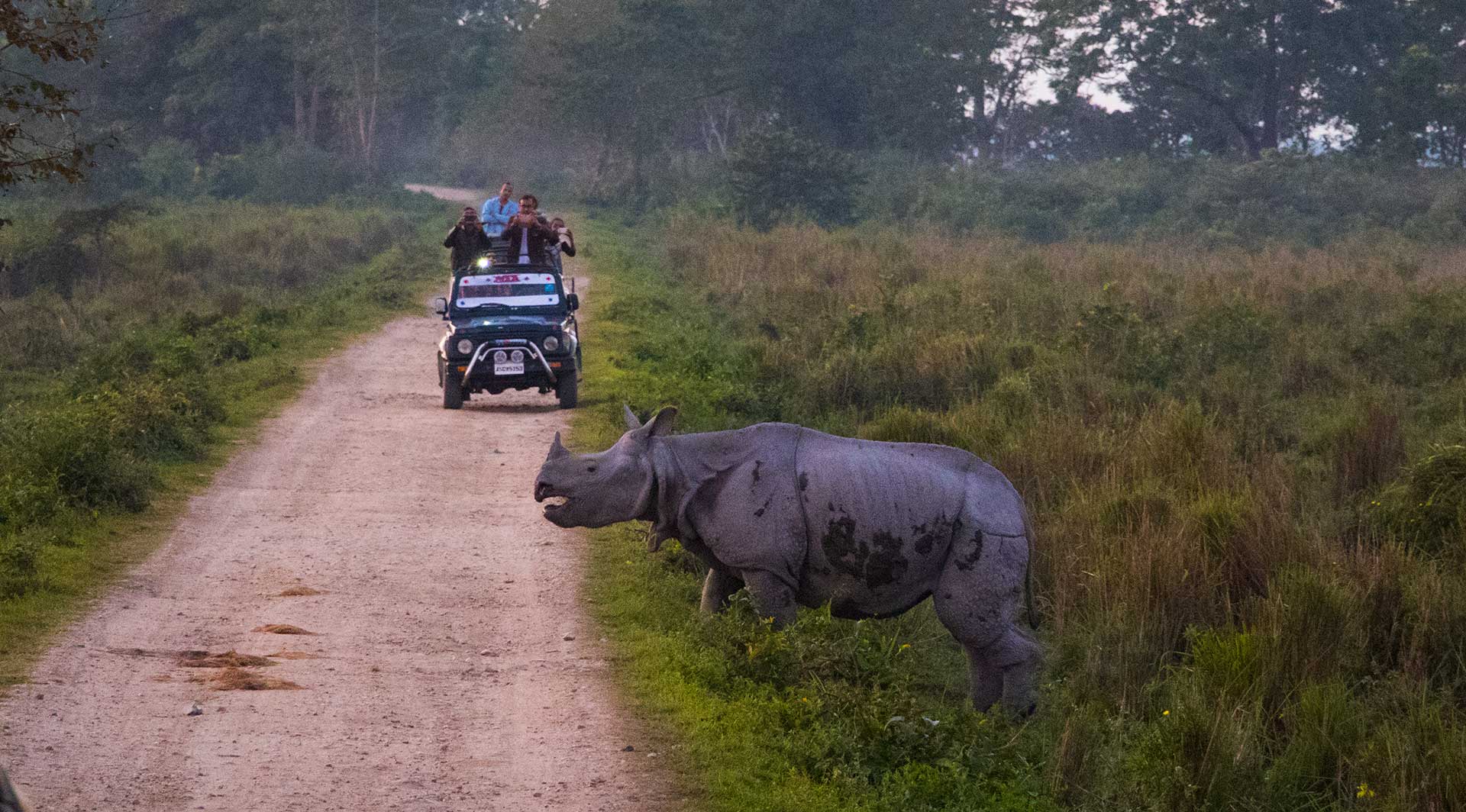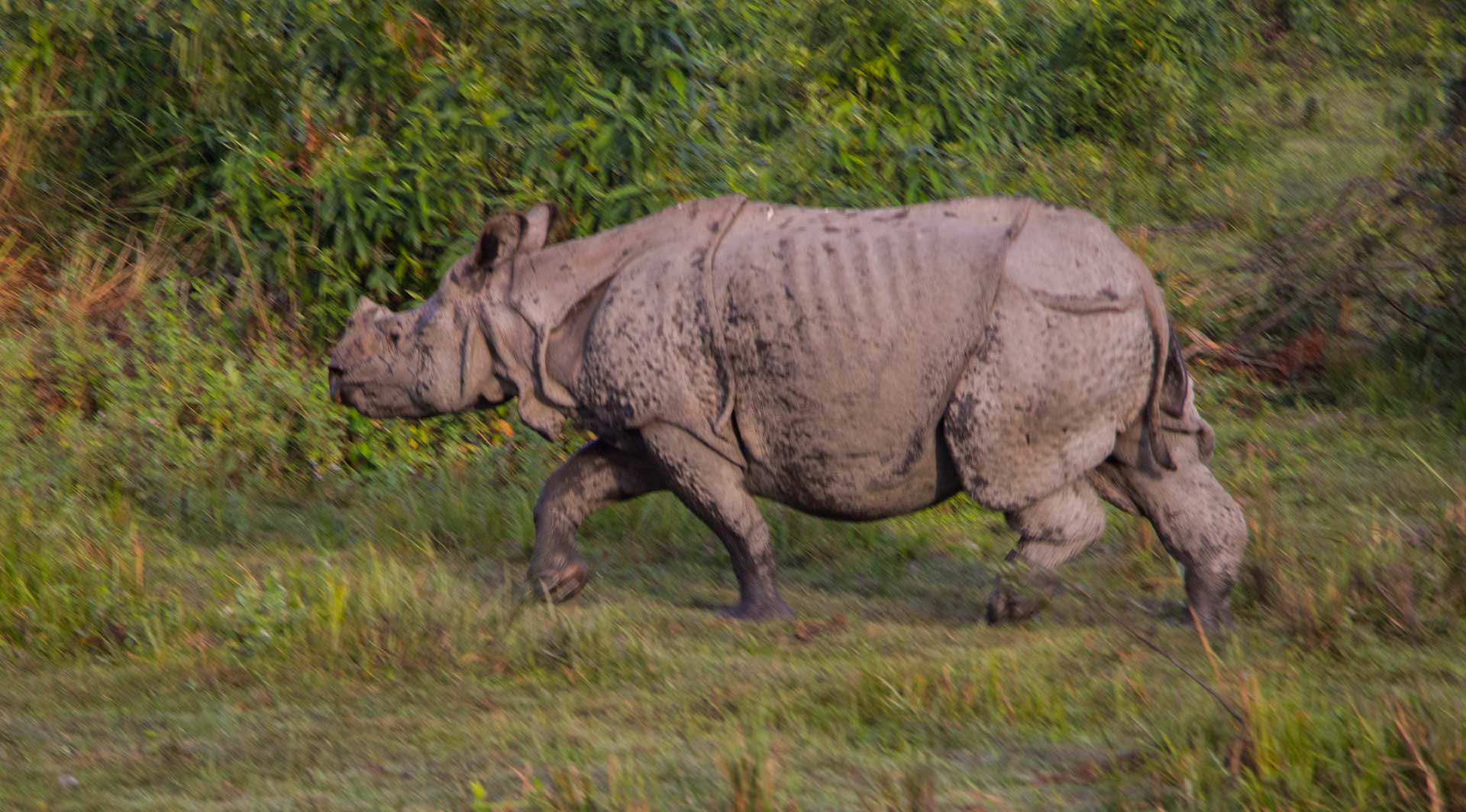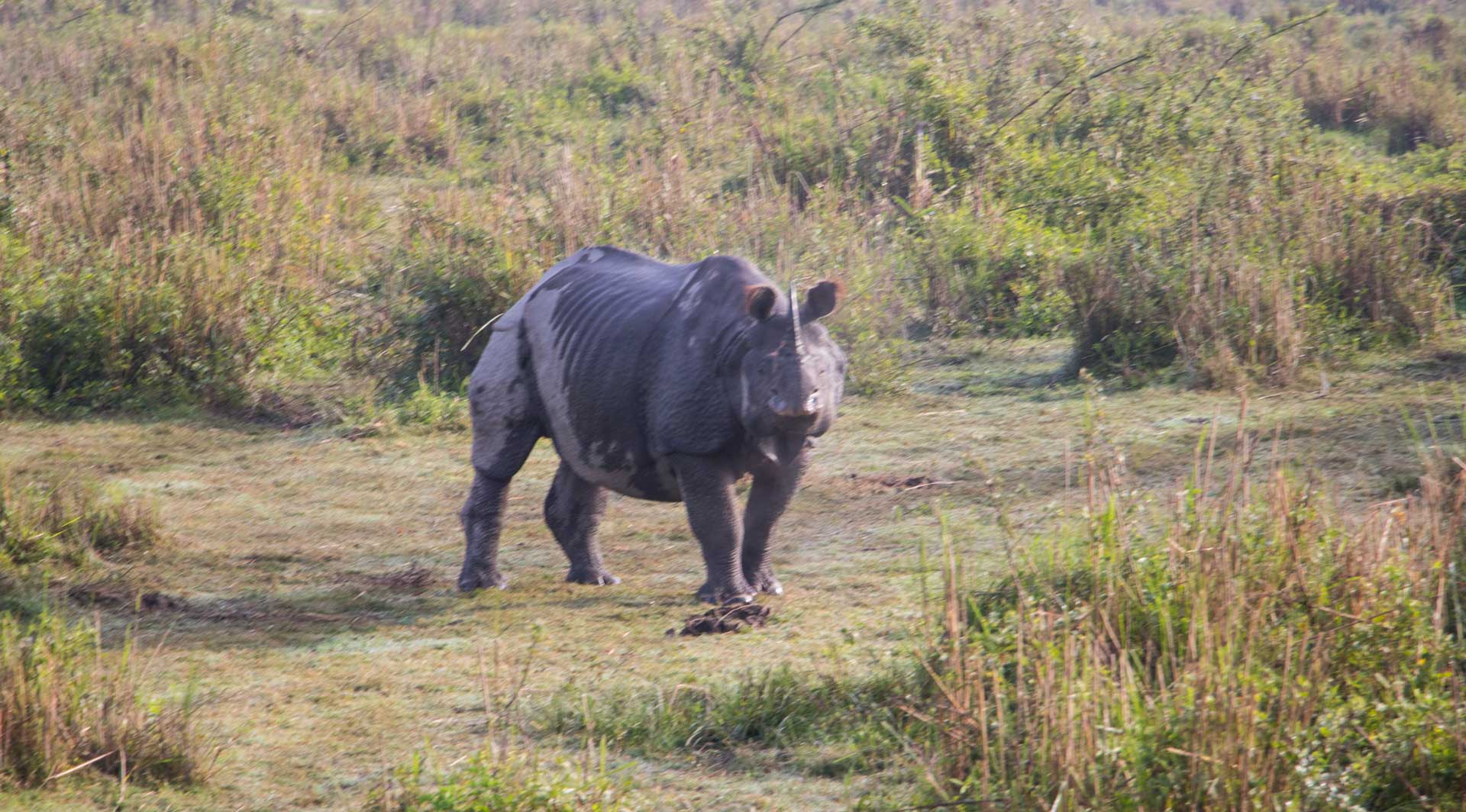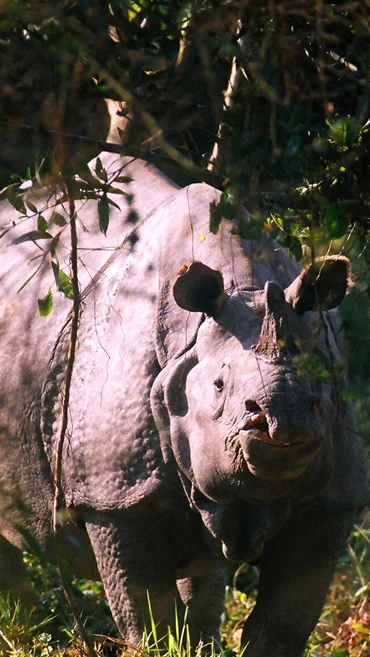Jaldapara National Park: The Wild Heart of Dooars
Jaldapara National Park is a gem tucked away in the Dooars. The forests of Jaldapara are famous as the home of the second-largest population of Asiatic one-horned Rhinos. The Rhino population at Jaldapara has been steadily on the rise in recent years.
About Jaldapara National Park
Originally declared a wildlife sanctuary in 1943 to protect its precious wildlife, especially the endangered one-horned rhinoceros, Jaldapara earned its proud status as a National Park in 2012. Covering around 100 square kilometres, this riverine grassland cradled by the Torsha River is one of India's most important wildlife reserves. Located in Alipurduar District, Jaldapara is part of a vast green corridor that also connects to the Chilapata Forests across the river.
The park’s thick, tall grasses, wetlands, and patches of forest form a vibrant ecosystem where rare animals roam free, and vibrant birds paint the skies with their flight. Adventure, beauty, and wildlife encounters—you get them all here.
Wildlife Attractions at Jaldapara
The undeniable star of Jaldapara is the Asiatic one-horned rhinoceros. The park holds the second-largest rhino population in India after Assam’s Kaziranga National Park, with over 160 rhinos thriving peacefully thanks to strict protection efforts. Unlike some other reserves, poaching here has been largely controlled, making it a haven for wildlife.
But rhinos aren’t the only residents. You’ll also find Asiatic elephants, Indian bison (gaur), sambar, swamp deer, hog deer, wild boars, and occasionally leopards. Smaller wonders like civets, hares, porcupines, and countless reptiles enrich the biodiversity tapestry of the park.
If you’re patient and lucky, you might even spot rare species like clouded leopards or witness a herd of elephants bathing in the Torsha River.
Bird Watching in Jaldapara
If birding is your passion, Jaldapara will not disappoint. It is one of the few places in India where you can still catch glimpses of the critically endangered Bengal florican. With a pair of binoculars in hand, you'll be amazed by the soaring hornbills, the playful racket-tailed drongos, the elegant paradise flycatchers, and vibrant species of woodpeckers, peafowls, and eagles.
The park’s wetlands and forest patches make it a prime bird-watching hotspot year-round, but winter brings migratory birds from across continents, adding even more colour to the jungle symphony.
Activities and Things to Do
The beauty of Jaldapara is best experienced in the wild, up close and personal.
Elephant Safari:
Nothing compares to the excitement of exploring the dense grasslands atop a mighty elephant. The early morning elephant rides organised from the famous Holong Tourist Lodge give visitors a chance to spot rhinos and elephants from incredibly close quarters. However, rides are extremely limited and are booked only on the spot. So, reach early and cross your fingers!
Jeep Safari:
For a more relaxed but equally thrilling adventure, take the Jeep Safari. Guided by forest officials, the jeeps take you through several scenic routes and watchtowers like Harindanga, Jaldapara Tower, and Chilapata, offering excellent opportunities to spot wildlife. Morning and afternoon safari slots are available, and booking is done at the park entry.
Local Excursions and Cultural Visits:
If you want to experience the local life, venture into nearby villages. Arrange a trip to the nearby tea gardens to understand tea production from plucking to processing, or visit Totopara, the only settlement of the rare Toto tribe—an indigenous community whose lifestyle has remained unchanged for centuries.
Places to Visit Around Jaldapara
Totopara Village:
Just 30 km away, this is the home of the endangered Toto tribe. Their fascinating customs, unique language, and simple bamboo houses tell stories of a way of life almost forgotten elsewhere.
Chilapata Forest:
On the eastern side of the Torsha River lies the dense Chilapata Forest, famous for the mystical ruins of the Nal King’s Fort, dating back to the 5th century. The forest itself is teeming with wildlife, and jeep safaris here add a sense of mystery to your trip.
Khayerbari Leopard Rescue Centre:
This special conservation park is just about 15 km from Jaldapara. Rescued leopards and tigers live here in protected environments. You can take a safe, battery-operated ride inside the centre, offering a close view of these majestic creatures.
Other Nearby Attractions:
For those willing to explore a little further:
-
Gorumara National Park (80 km, about 2 hours’ drive)
-
Phuentsholing (Bhutan) (30 km, 1-hour drive)
-
Buxa Tiger Reserve (30 km, 1-hour drive)
A multi-destination trip combining these locations with Jaldapara offers an unforgettable North Bengal experience.
Where to Stay in Jaldapara
The accommodations at Jaldapara are spread on its North and South ends. North of the forest is Madarihat town. The surrounding area is traditionally popular among tourists for accommodation options. The southern part of Jaldapara is where the Salkumar gate and the original Jaldapara village lie. This area has gained popularity in recent years.
Private resorts and homestays have flourished in recent years, offering a range of accommodations from luxury to budget-friendly, often surrounded by greenery and peaceful villages. NBTT Travel Solution Private Limited can help you secure the best accommodation that fits your budget and preference. Our team knows which options offer the best value and a real jungle experience.
How to Reach Jaldapara
Jaldapara is well-connected via the National Highway from Siliguri. The drive through the Dooars, filled with rolling tea gardens and dense forests, is a treat in itself. Madarihat in the North is 125 km (about 3 hours) drive from Siliguri. The Salkumar in the South of the forest is 135 km (about 3 hours).
Best Time to Visit Jaldapara
The park remains open from October to May. Winter (November to February) offers misty mornings and crisp days perfect for safari adventures. The pre-monsoon months (March-May) bring out more animal sightings as water sources dry up and wildlife congregates around rivers and waterholes.
The park remains closed during the monsoon months (mid-June to mid-September).
Tip: Early mornings are best for safaris, and cooler months are ideal for birding.
Useful Information
-
Area: 100 square kilometres
-
Altitude: 61 metres above sea level
-
Languages Spoken: Bengali, Hindi, Nepali, English
-
Clothing Tip: Cotton clothes for summer and warm woollens for winter safaris.
-
Entry Point: Madarihat / Salkumar
Plan Your Trip with Us
Call us today at 9733000592 / 9733000593 / 9733000594 to customise your dream trip!
- Alipurduar
- Banarhat
- Bagrakote
- Barodabri
- Batabari
- Bhutanghat
- Bindu Dooars
- Binnaguri
- Bodaganj
- Buxa National Park
- Chalsa
- Chamurchi
- Chapramari
- Chilapata
- Coochbehar
- Damdim
- Dhupguri
- Falakata
- Garochira
- Hasimara
- Gajoldoba
- Gorumara National Park
- Jalpaiguri
- Jatileshwar Temple
- Jaigaon
- Jaldhaka
- Jalpesh Temple
- Jayanti Dooars
- Jhalong
- Kalipur Eco Village
- Kathambari Forest
- Khuttimari Forests
- Lataguri
- Lepchakha
- Mongpong
- Madarihat
- Murti
- Malbazar
- Oodlabari
- Raimatang
- Rajabhatkhawa
- Ramsai
- Rasikbil
- Rocky Island
- Samsing
For Booking or Query
Contact Us
Query Form
North-Bengal.com
Siliguri Office - 19 MN Sarkar Road, Siliguri, West Bengal - 734001 Siliguri, State : West Bengal, Country : India. PIN : 734001
info@north-bengal.com



